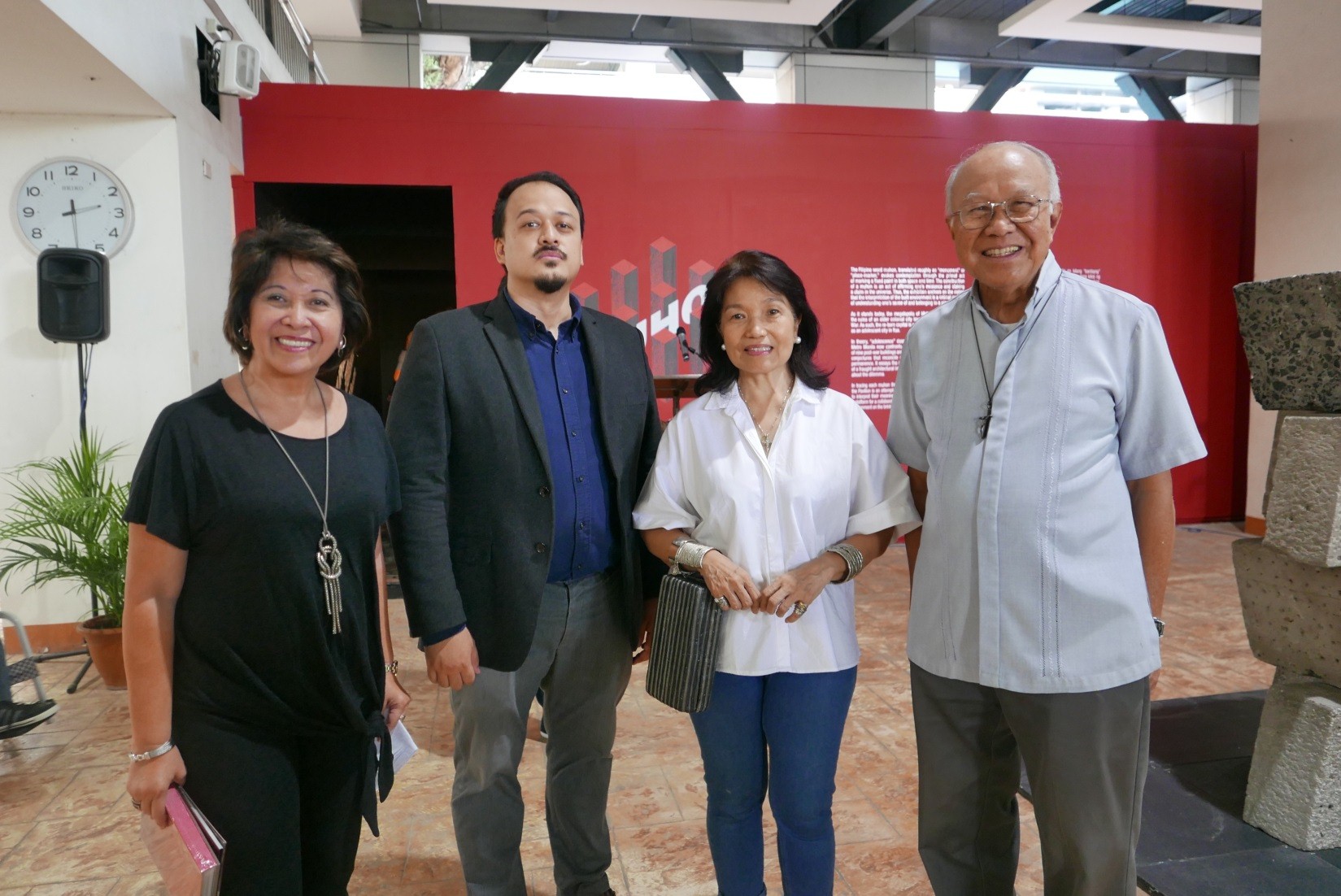
The National Commission for the Culture and the Arts with the support of the Department of Foreign Affairs and the Office of Senator Loren Legarda together with the Metropolitan Museum of Manila and the Ateneo de Davao University launched last August 14 the last leg of “Muhon: Traces of an Adolescent City” at the Community Center, Rodriguez Hall, of the Ateneo de Davao University.
The Official Philippine participation at the 15th International Architecture Exhibition of la Biennale di Venezia, the exhibit which features installation art designed by some of the country’s top architectural firms, Mañosa & Co. Inc, LIMA Architecture, Ed Calma, Jorge YuloCIS Design Consultancy, and 8×8 Design Studio Co. together with artists Tad Ermitaño, Pokong Anading, and Mark Salvatus.
Tackling the idea of the “muhon” (roughly translated as “monument” or “place marker” the exhibit anchors on the notion that the interpretation of the built environment is a critical method of understanding one’s sense of and belonging to a place and in the exhibit’s perspective, the megalopolis of Metro Manila which arose from the ruins of an older colonial city levelled by the Second World War.
The term “adolescence” of the exhibit describes Metro Manila’s struggle for identity as a reborn capital city. With the selective investigation of nine post-war buildings and urban elements, Muhon aims to elicit thoughts that reconcile opposing vectors of progress and permanence. It essays the implications of the careless destruction of a fraught architectural inheritance and the lack of consciousness about the dilemma.
Stepping into the exhibit space, I was immediately greeted by the “History” zone of the exhibit where nine Muhons stand together. The nine installation pieces represent the Pasig River, Pandacan Bridge, Ramon Magsaysay Building, Makati Stock Exchange, Kilometer Zero, Tahanang Pilipino, The Manila Mandarin Hotel, Binondo, and the Philippine International Convention Center.
Moving onward I progressed to the current or “Modernity” space and onward to the final space the “Conjecture” which tackles what can become of the muhon.
In tracing each muhon through its timeline, the Pavilion is an attempt to understand Metro Manila’s identifying markers – to interpret their meaning, and to discern their value. The exhibit aspires to be a platform for a collaborative and collective act of reflection about a built environment on the brink of vital renewal or irreversible decay.
Muhon: Traces of an Adolescent City is free to the public and runs until the 12th of October. I highly recommend taking some time off from the extended holiday to take a peek at this wonderful discourse on design and urban development.






